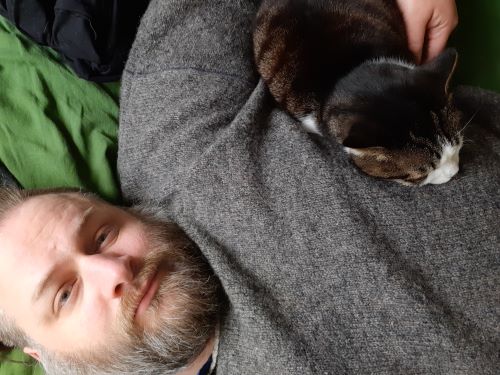I made it almost three years without getting it. I avoided it when Tegan had her first case, but I guess I got too careless this time. At the moment, it feels like a head cold with a slight fever, and trouble with temperature regulation. It’s my goal to keep posting through it, but I can’t make any promises about post “quality”.
For today, here’s Ze Frank with a cool and slightly horrific video about brood parasites:



